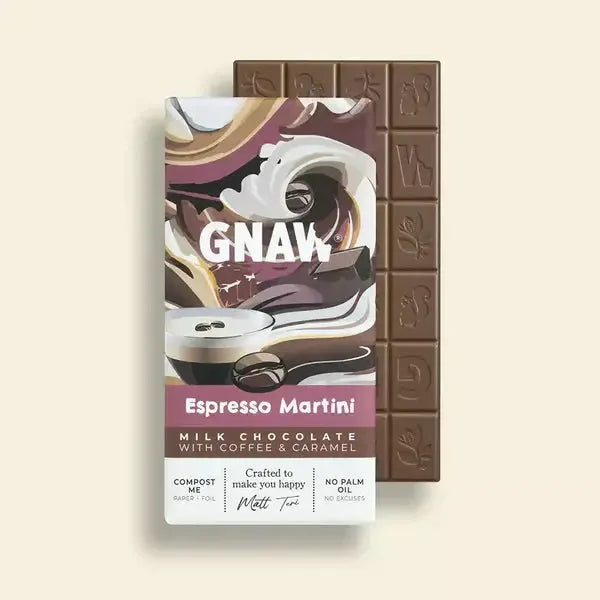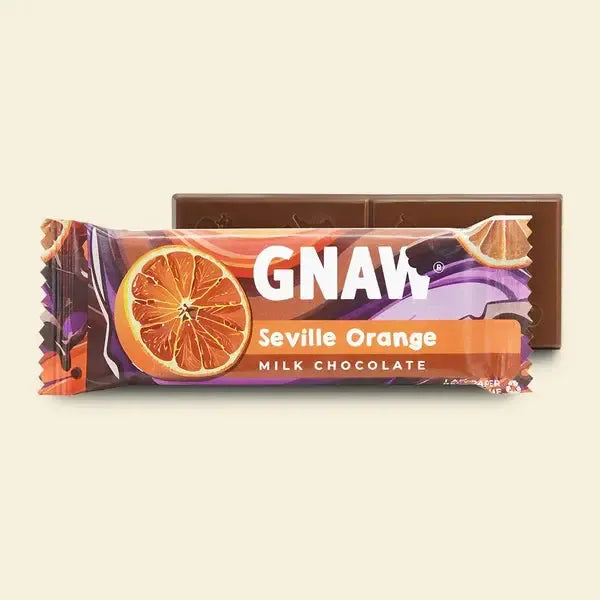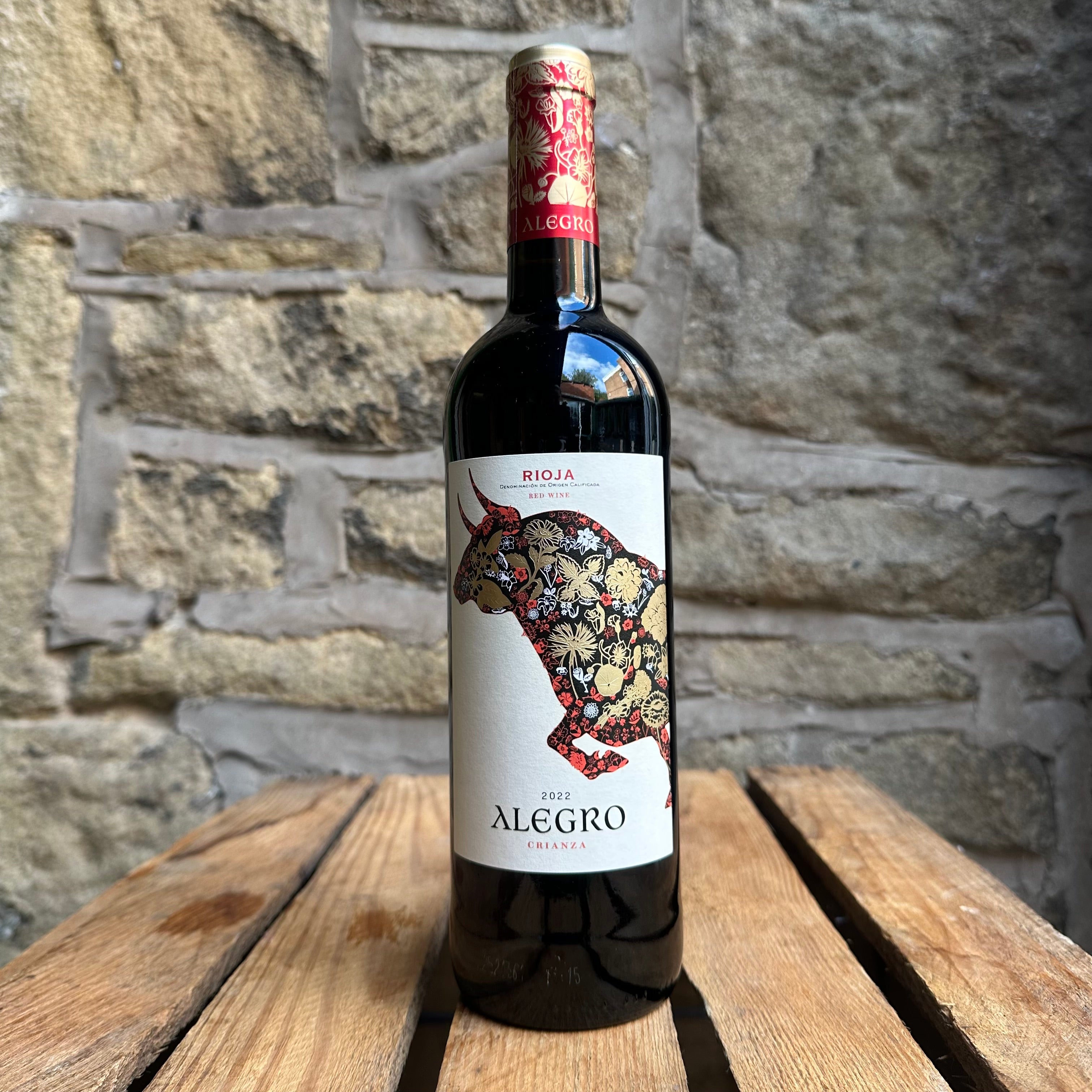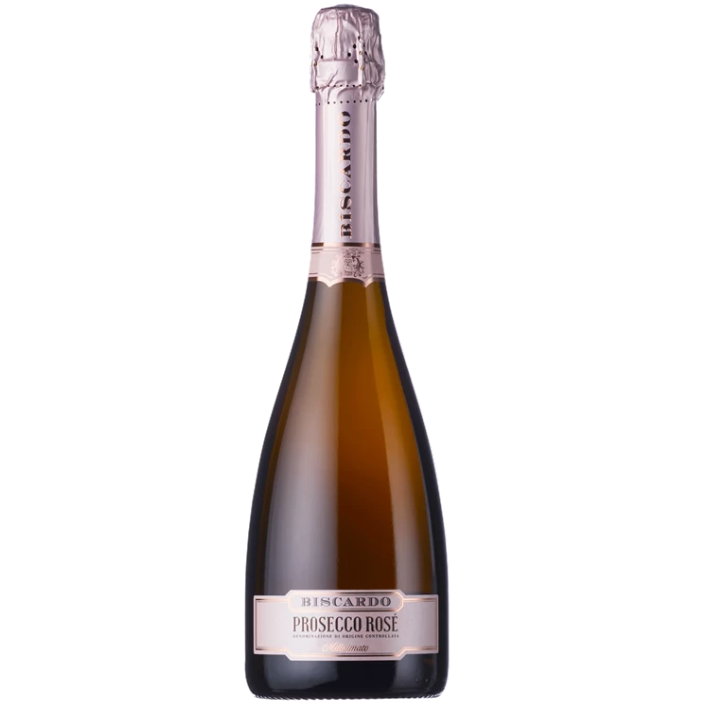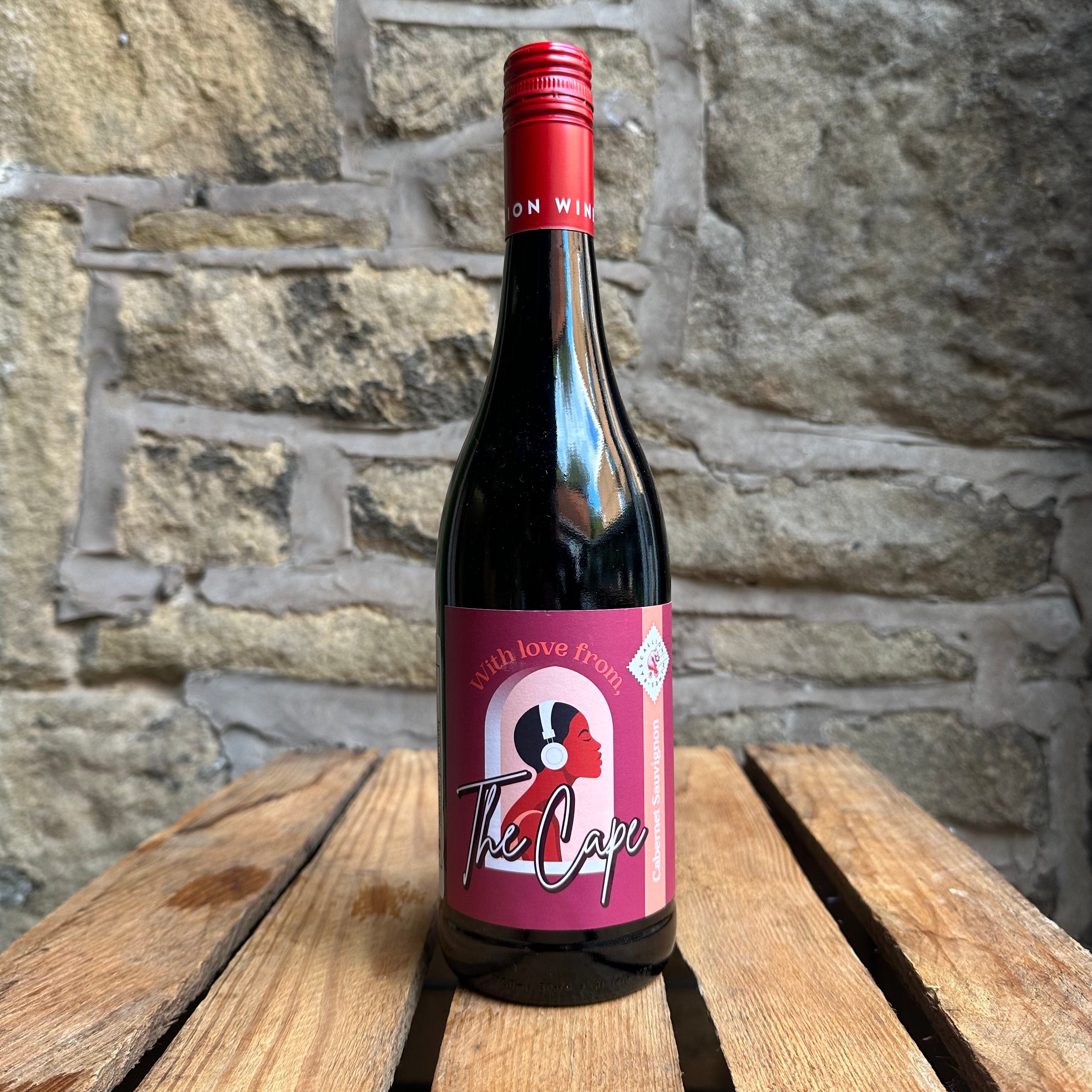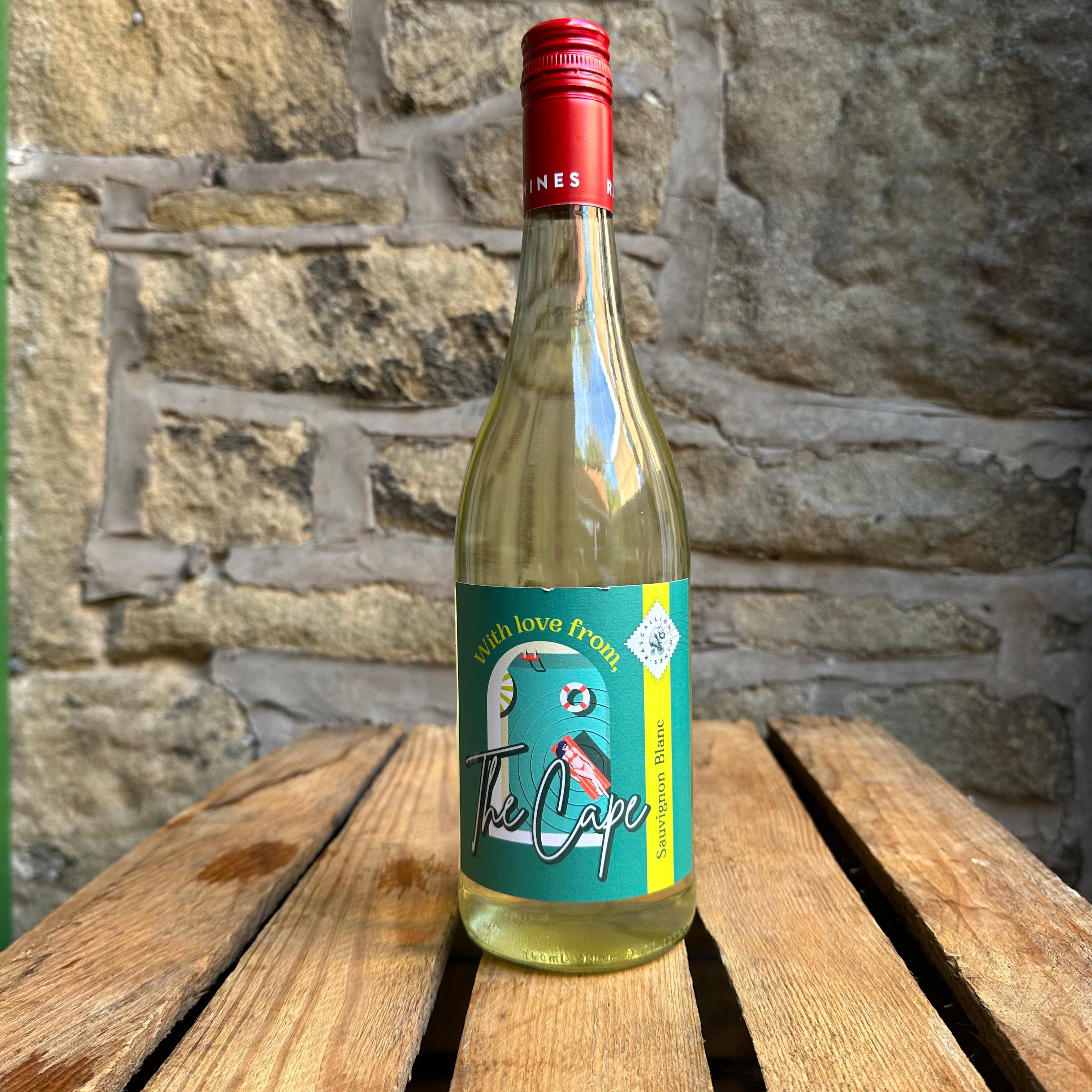
Rose Celebration

In celebration of International Rose Day this month, we take a look at a brief history, why it retains such popularity, and introduce you to some of the more unusual rose wines that could become your new favourite.
HISTORY
Rose wine may appear to be a modern tipple, but it is, in fact, one of the oldest types of wines in the world. Due to restrictions on winemaking technology and a habit of diluting wines in the earliest times, it is likely that wines of a rose colour were common. The process of leaving skin contact on the juice in early stages pushes it closer to the red wine vinification method, but the higher acid and sugars and lesser tannins make it as refreshing as the driest white wine.
Rose remains one of the most popular wines today, partly because it is easy to drink on its own and known for refreshment. Although mainly dry, there are hints of red fruits that bring a touch of sweetness to the palate such as strawberry, raspberry and cherry.
PRODUCTION
Not all rose wines are created the same way, with several different methods producing the perfect wine. Many people immediately think of a pale pink or salmon colour in a rose wine, maybe due to the popularity of Provence-style light coloured rose wines. However, rose can be as deep as bright ruby in colour and appearance is never an indicator of quality or taste. It more denotes the process and type of grape used in production.
One of the oldest methods is that of skin contact, where the wine is allowed to ferment with skins rather than free run juice only being drained. This is for a much shorter time frame than when making a red wine (quantifiable in hours), to bring more subtle colour and reduced tannins. Maturation would be juice only with the skins removed.
However, some winemakers wished to keep the lighter colour and body, but introduce more tannins. This is where the Saignee method of French origin appears. Some of the juices are left to become much deeper in colour and concentration and are removed from the process to create fuller flavoured rose wines. This richer must can be further vinified, or blended with white free run juice. You will find that much rose consumed today uses the Saignee method.
TRY SOMETHING DIFFERENT
Let's take this opportunity to highlight some of the more unusual rose wines that could be the new favourite to grace your palate.
Gaia 4-6H Rose hails from the Nemea appellation in the north east corner of the Peloponnese peninsula in southern Greece and uses native Agiorgitiko grapes from 15-30 year old vines. Vegan-friendly, it is youthful and fresh with floral notes of rose petals and fruity flavours of pomegranate, strawberry and stone fruits. If you're fan of Provence-style roses, this is an excellent alternative.
Gimenez Mendez produces the only rose from Malbec grapes in Uruguay. Grown on high elevation vineyards, the grapes create a rose that is electric in colour - a vibrant, deep, sunset-pink hue. Intense aromas of soft cherries, strawberries, vanilla and cream precede a full and weighty palate with nice acidity. If you're a Malbec lover, this is a great alternative to try chilled on a warm summer day.
Tbilvino are a staple in Georgia, thought to be the true historic origin of winemaking. Their deeply flavoured rose uses the popular native red grape Saperavi, unusual in that the grape juice is already coloured a pinky red so the skins only need very short contact with the juice. Aromas of blackcurrant, ripe peach, and raspberry with a textured palate and a spicy, long finish. The nearest to a red wine we have in our rose collection.
Pacifico Sur also embrace the native, with the Carmenere grape producing this refreshing yet spicy wine. Vibrant aromas of soft spice and cherries precede a smooth and balanced palate with a fresh, pleasantly long finish. A rose that is so versatile, it can be paired with traditional light rose dishes, or perfectly complement more spice in East or South Asian cuisine.
-










